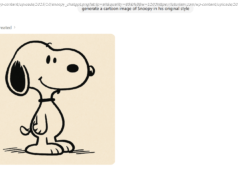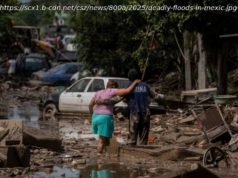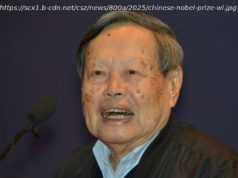Justices overturn lower court rulings on policy targeting people from six majority-Muslim countries
The US Supreme Court has reinstated a limited version of President Donald Trump’s temporary order banning travelers from six Muslim-majority countries from entering the United States. The court will hear a legal challenge to the ban in October.
The court’s decision, announced on June 26, casts doubt on the fate of students and scientists from these countries who hope to study or work in the United States. It bars citizens of Iran, Libya, Somalia, Sudan, Syria and Yemen from traveling to the United States unless they have a “bona fide” connection with a person or entity in the country.
Such a relationship should be formal and documented, the court said. Examples include a person with an offer of admission from a US university or someone who has accepted a job offer from a US company or organization.
But that wording leaves room for interpretation, says Brendan Delaney, an immigration lawyer at Leavy, Frank & Delaney in Bethesda, Maryland. “Until there is some degree of certainty in how they’ re going to apply this language, if I were a research scientist affected by this, I would be reticent right now, ” he says.
All US visas are granted at the discretion of immigration officials, who will now have to determine whether applicants from the six travel-ban countries have a “bona fide” relationship to the United States. Delaney notes that even after the government awards a visa, there is no guarantee that the person who receives it can cross the border into the United States. He hopes that US immigration officials will soon clarify how they are interpreting the Supreme Court decision.
“Right now, we’ re back into a wait-and-see pattern, ” Delaney says.
But no matter the eventual outcome of the case before the Supreme Court, many researchers worry that uncertainty surrounding immigration to the United States — and perceptions that the country is unwelcoming — may have already driven away some international students and scientists.
“This is a big worry and concern, not just for the individual nations that have been specified [in the ban] but a broader concern that I certainly have heard people from all over the world, ” says Katharine Donato, a sociologist at Georgetown University in Washington DC. She is beginning a research project that she hopes will quantify the impact that the policy has had on international students’ enrollment in US universities. There is little, if any, historical precedent for such a shift in immigration, she says.
According to a March 31 white paper from the Institute for International Education in New York City, more than 15,000 university students — mostly in graduate programs — and 2,100 scholars currently in the US are from the six countries named in Trump’s executive order.
Trump said last week that the travel ban would take effect within 72 hours if the Supreme Court lifted injunctions on its enforcement that were put in place by lower courts. In a statement today, he called the court’s decision “a clear victory for our national security”.
The president signed his first attempt at a travel ban into law on January 27. That order blocked citizens of seven countries — the six affected by today’s ruling, plus Iraq — from entering the United States for 90 days. It also barred refugees for 120 days, and Syrian refugees indefinitely.
Scientists and students were among those caught up in the ban’s messy aftermath. Several who had accepted jobs in the United States or had plans to study at US universities were unable to enter the country as planned, and some US visa holders who had left the country on travel were temporarily barred from returning.
After several federal courts blocked Trump’s order, the president issued a revised ban on March 6. That policy is the subject of the legal case now before the Supreme Court. It prevented people from the six countries from entering the United States for 90 days, with exemptions for permanent residents and current visa holders. The order also imposed a 120-day ban on refugees from Syria.
The policy was immediately challenged in federal court in several states, producing two rulings that blocked the ban from taking effect. The White House asked the Supreme Court to intervene, submitting an emergency request to allow the ban to proceed while the legal proceedings played out.
Universities have played a key role in fighting both versions of the travel ban. The state of Washington, which sued the administration over the original policy, cited the cases of several students and “medicine and science interns” who had planned to spend time at two state universities but were blocked from entering the country. And the state of Hawaii, which challenged the revised ban, argued that the policy would harm the state by barring students who had been admitted to the University of Hawaii.
This article is reproduced with permission and was first published on June 26,2017.






